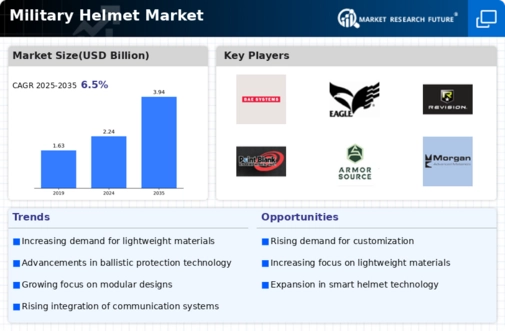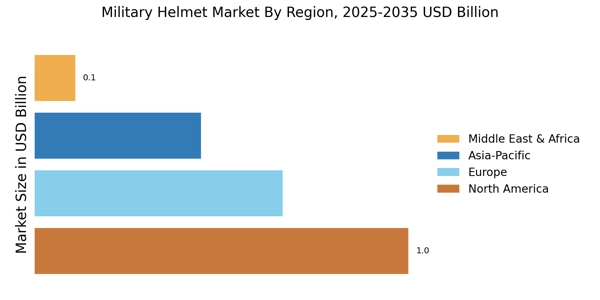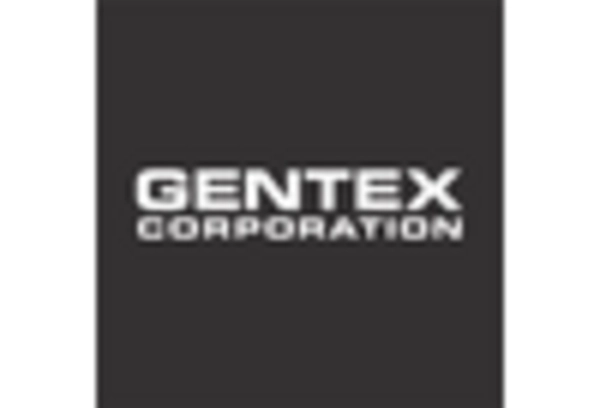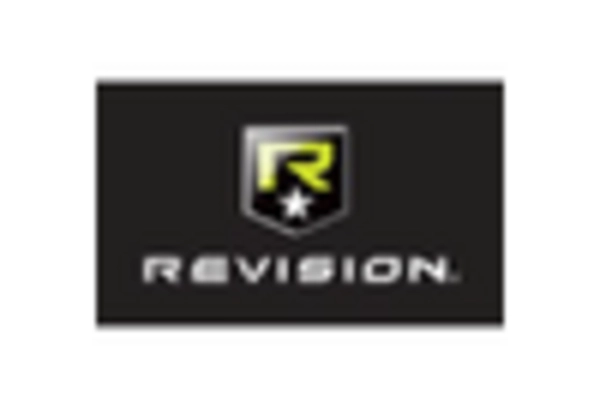Leading market players are investing heavily in research and development to expand their product lines, which will help the Military Helmet Market grow even more. Market participants are also undertaking various strategic activities to expand their Global footprint, with important market developments including new product launches, contractual agreements, mergers and acquisitions, higher investments, and collaboration with other organizations. The Military Helmet industry must offer cost-effective items to expand and survive in a more competitive and rising market climate.
Manufacturing locally to minimize operational costs is one of the key business tactics manufacturers use in the Global Military Helmet industry to benefit clients and increase the market sector. The Military Helmet industry has recently offered some of the most significant medical advantages.
Major players in the Military Helmet Market, including BAE Systems (UK), 3M (US), Gentex Corporation (US), Safariland Group (US), MKU Limited (India), Eagle Industries (US), Revision Military (US), DuPont (US), Honeywell International (US), Point Blank Enterprises Inc. (US), ArmorSource (US) Morgan Advanced Materials (UK) and others, are attempting to increase market demand by investing in research and development operations.
BAE Systems (UK) Our cutting-edge defense technology at BAE Systems keeps vital data and infrastructure secure while defending citizens and preserving national security. In the air, sea, land, and cyberspace, we continually look for innovative ways to give our customers a competitive edge. Through transferring knowledge, skills, and technology, we support economic development by employing a skilled workforce of 90,500 individuals in more than 40 nations. Along with strong positions in several other international markets, BAE Systems holds leading positions in its key markets, which include the US, UK, Australia, the Kingdom of Saudi Arabia, and these four countries.
One of the biggest defense companies in the world is the us.
Gentex Corporation (US), Gentex is primarily a technology company skilled in various core competencies that result in a distinctive fusion of technologies. We currently design and produce bespoke high-tech electronic products for the automotive, aerospace, and commercial fire protection industries. Every significant technological advance or innovation begins with a vision. The capacity to offer original solutions to difficult problems. Because of this, we design and produce our vision systems using a variety of imager platforms. We use scalable display solutions, assisting the industry's transition from an analog to a digital rearview.
We create unique lighting-assist, driver-assist, and rear-vision systems to the distinct requirements of each OEM by utilizing imager and display solutions made for your specific applications, performance needs, and budget.


















Leave a Comment